Google Analytics 4 (GA4) Checklist
Loves Data
Having confidence in your Google Analytics 4 (GA4) data is critical. Before you make a business decision based on what you’ve found in your reports, it’s important to take the time to check that you have a complete set of data and that your data is as accurate as possible.
That’s where using my Google Analytics checklist can help keep your data accurate and actionable. In my checklist, you will find a range of things to check inside your GA4 properties and Google Analytics account. We’re going to break down each stage, from planning right through to analysis. Here’s what we’re going to cover:
- Planning checklist
- Implementation checklist
- Setup and configuration checklist
- Technical setup checklist
- Campaign tracking checklist
- Ecommerce checklist
- Tracking checklist
- Conversions checklist
- Integration checklist
- Analysis checklist
You can also download my Google Analytics 4 (GA4) Checklist and use it as a quick reference when reviewing your implementation.
Get the Google Analytics 4 (GA4) Checklist
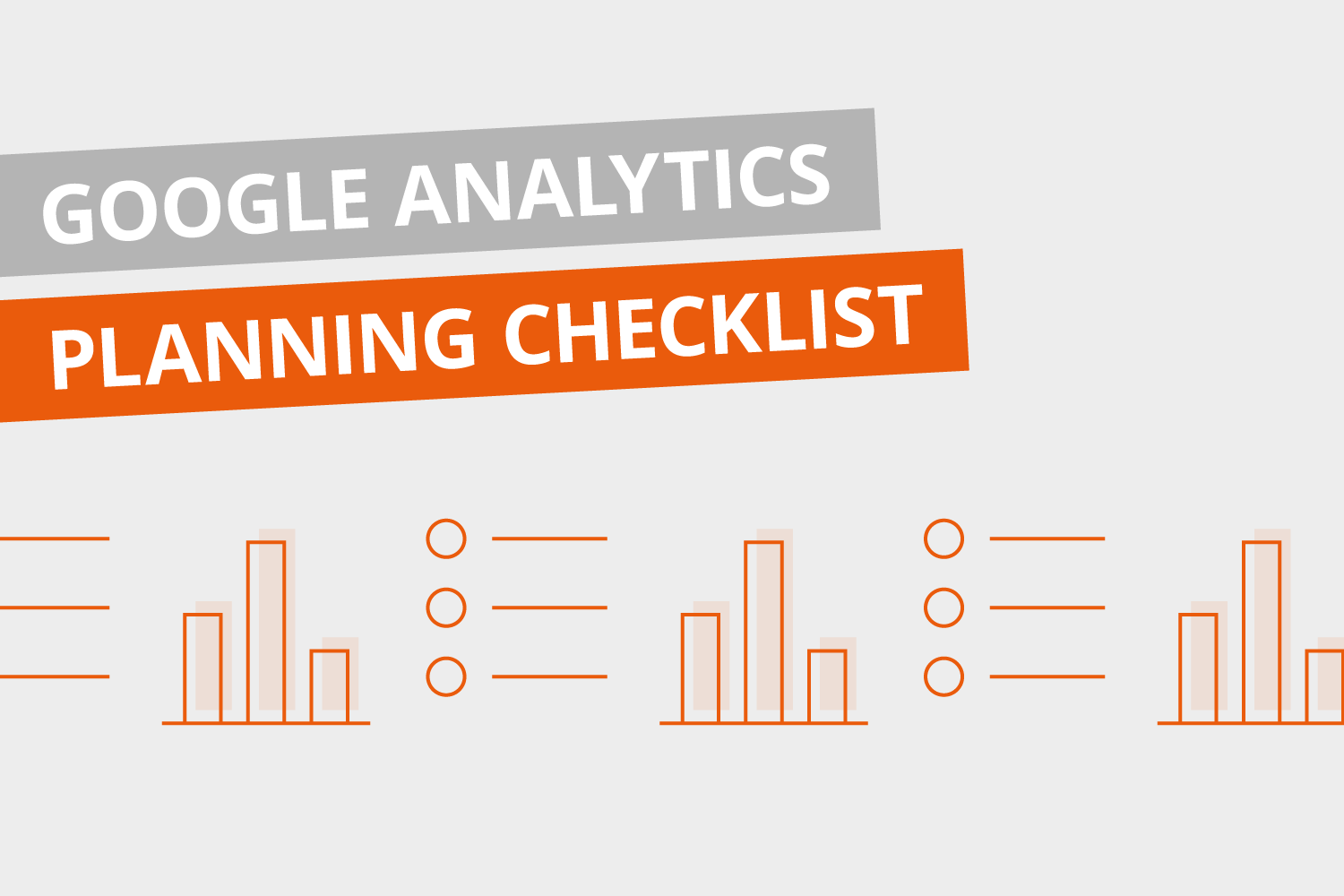
Planning Checklist
The first step is to ensure that your business and website objectives align with the features you will be using in Google Analytics. For example, if you’re looking after a website for a real estate agent, then the objectives (and the way you configure Google Analytics) will be different to someone looking after an ecommerce website with thousands of products.
Even if you’re already using Google Analytics, it’s a good idea to quickly document these key areas, so that you can see any possible gaps when it comes to tracking your website and your audience. Here’s what to check when you begin planning (or reviewing) your Google Analytics implementation:
- Website objectives have been defined
- Conversions that reflect the website objectives have been identified
- Google Analytics features and configuration options have been selected based on business needs (for example, ecommerce tracking, custom definitions, user ID, etc.)
- A concise measurement plan has been created to ensure the Google Analytics implementation reflects business and website objectives
- New Google Analytics features and configuration options are reviewed periodically
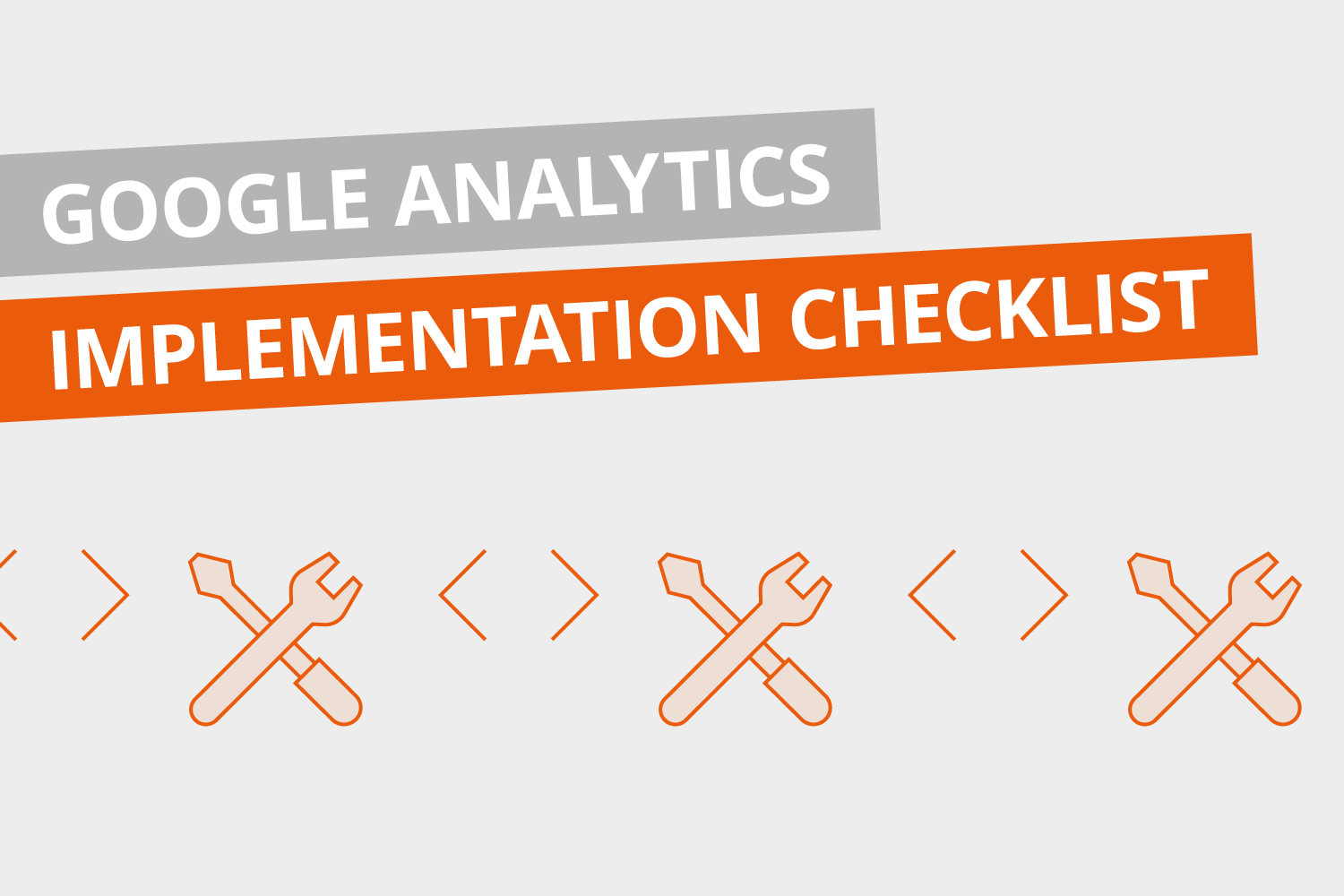
Implementation Checklist
The implementation checklist is focused on adding the tracking code to your website and making sure that all of the pages (and other important actions) are being tracked correctly. Here’s what you should check first:
- If there is no existing Google Analytics property for tracking the website, then a new GA4 property has been created
- If there is an existing Universal Analytics property, then the setup steps have been followed (to create a GA4 property in parallel to Universal Analytics)
- The Google Analytics account is only being used to track related websites (unrelated websites should be tracked in dedicated accounts)
- The tracking code has been implemented using Google Tag Manager
- If Google Tag Manager is not being used, then the latest version of the tracking code (gtag.js) has been added to all the pages of the website
- If the gtag.js tracking code has been used, then the measurement ID matches the measurement ID in the GA4 data stream
- The implementation has been checked using Google Tag Assistant
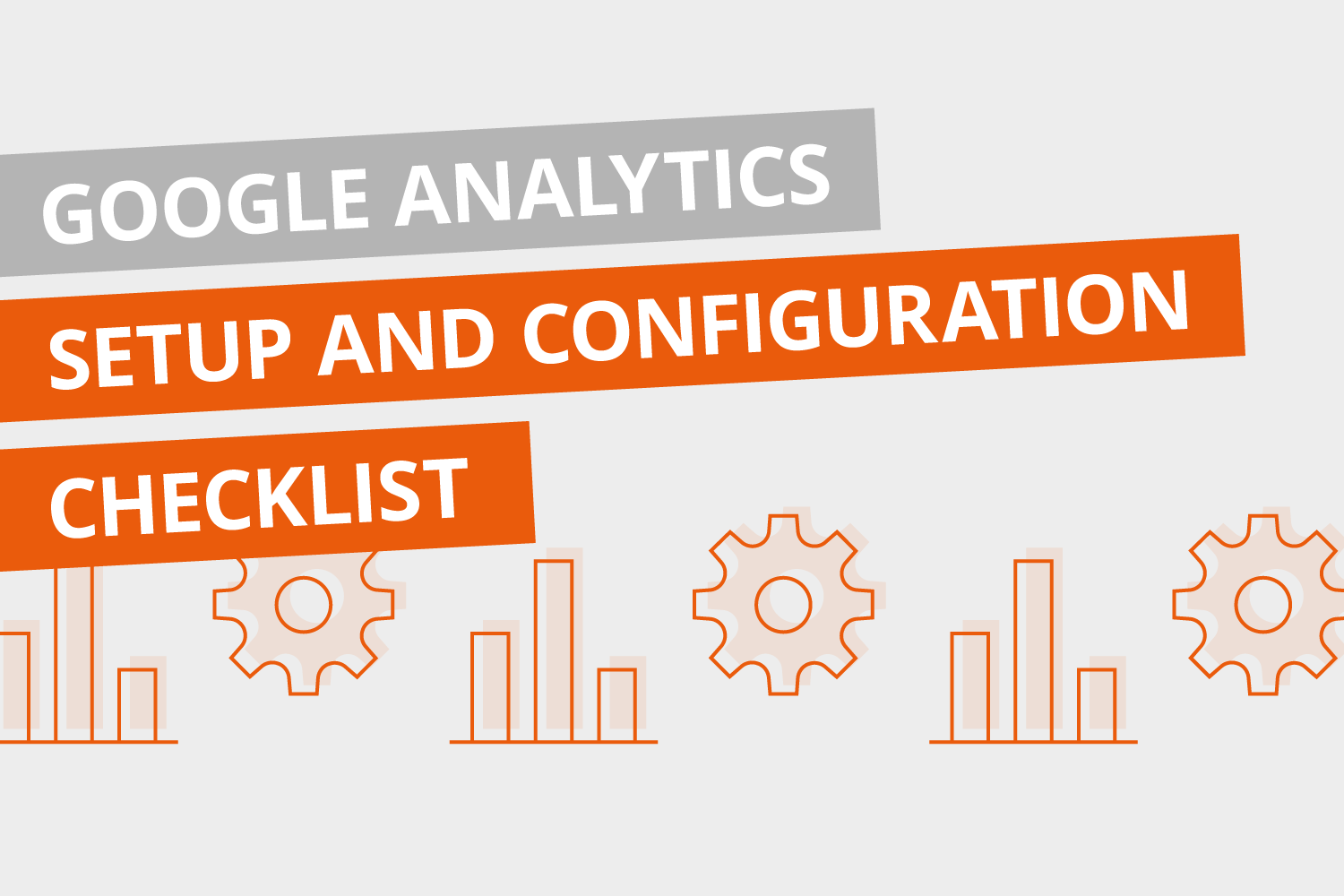
Setup and Configuration Checklist
There are lots of setup and configuration options available inside the Google Analytics interface. These are important to check when setting up Google Analytics for the first time, but it’s a good idea to double-check these if multiple people have been managing your implementation or they haven’t been reviewed in a while. All of these options can impact the quality of the data presented in your reports. It’s time to check that:
- Users who have access to the property are reviewed periodically
- The reporting time zone is correct
- The reporting currency is correct
- Rule(s) to specify internal traffic has been added to the data stream(s)
- Filter to exclude internal traffic has been applied
- An appropriate data retention period has been set for the property
- Enhanced Measurement is tracking desired actions (for example, outbound links, scroll depth, etc.), and any actions you don’t want to track automatically have been disabled
If actions are being tracked manually (for example, using Google Tag Manager), these actions have been disabled in Enhanced Measurement
- If automatic form tracking is enabled, form starts, and submissions have been tested using the DebugView to ensure the actions are tracked correctly
- Site search is being tracked (with Enhanced Measurement)
- Attribution is set to the data-driven model for the property (unless there is a specific reason to use the last-click model)
- Correct user-based reporting has been set (in ‘Reporting Identity’)
- The unwanted referral list for each data stream has been reviewed
- Personally Identifiable Information (or ‘PII’) like email addresses and full names are not contained in the reports (however, other identifiers, like from a CRM or email platform are allowed)
- Audience lists have been created (for reporting and remarketing campaigns)
- Google Signals has been enabled to provide cross-device insights automatically
- If appropriate, cross-domain tracking has been configured for the data stream(s) if users can travel between multiple domains
- If the property isn’t new, the ‘Landing Pages’ report has been added to the standard reports using the ‘Library’
- If the property isn’t new, the ‘Business Objectives’ reporting collection has been reviewed to see if it would improve reporting
- If appropriate, custom channel groups have been created to report on marketing channels
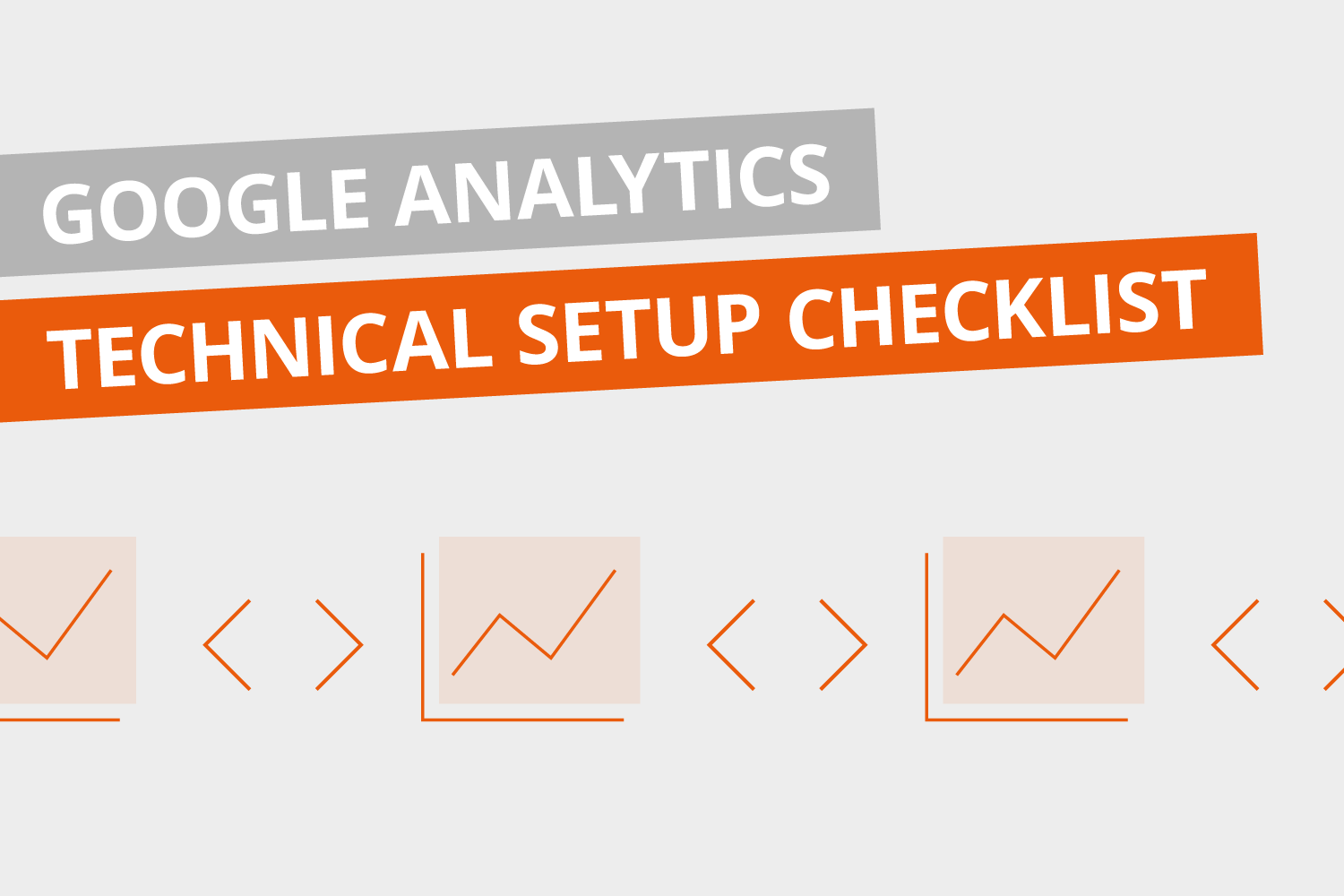
Technical Setup Checklist
Some configuration options need to be implemented in Google Tag Manager (or by modifying the Google Tag). These technical setup options might require the help of your developer if they’re not configured correctly:
- The tracking code hasn’t been accidentally duplicated on pages
- If appropriate, User ID has been implemented to track users across multiple devices
- Content grouping has been implemented
- 404 error pages are being tracked
- If appropriate, Google Optimize has been linked to Google Analytics
- If appropriate, Google Tag Manager or the tracking code has been correctly configured to work with Google Optimize
- If appropriate, the anti-flicker snippet has been implemented if using Google Optimize
Note: Google Optimize is shutting down at the end of September 2023
- If Google Optimize is being used, an alternative has been selected to use after it has been shut down
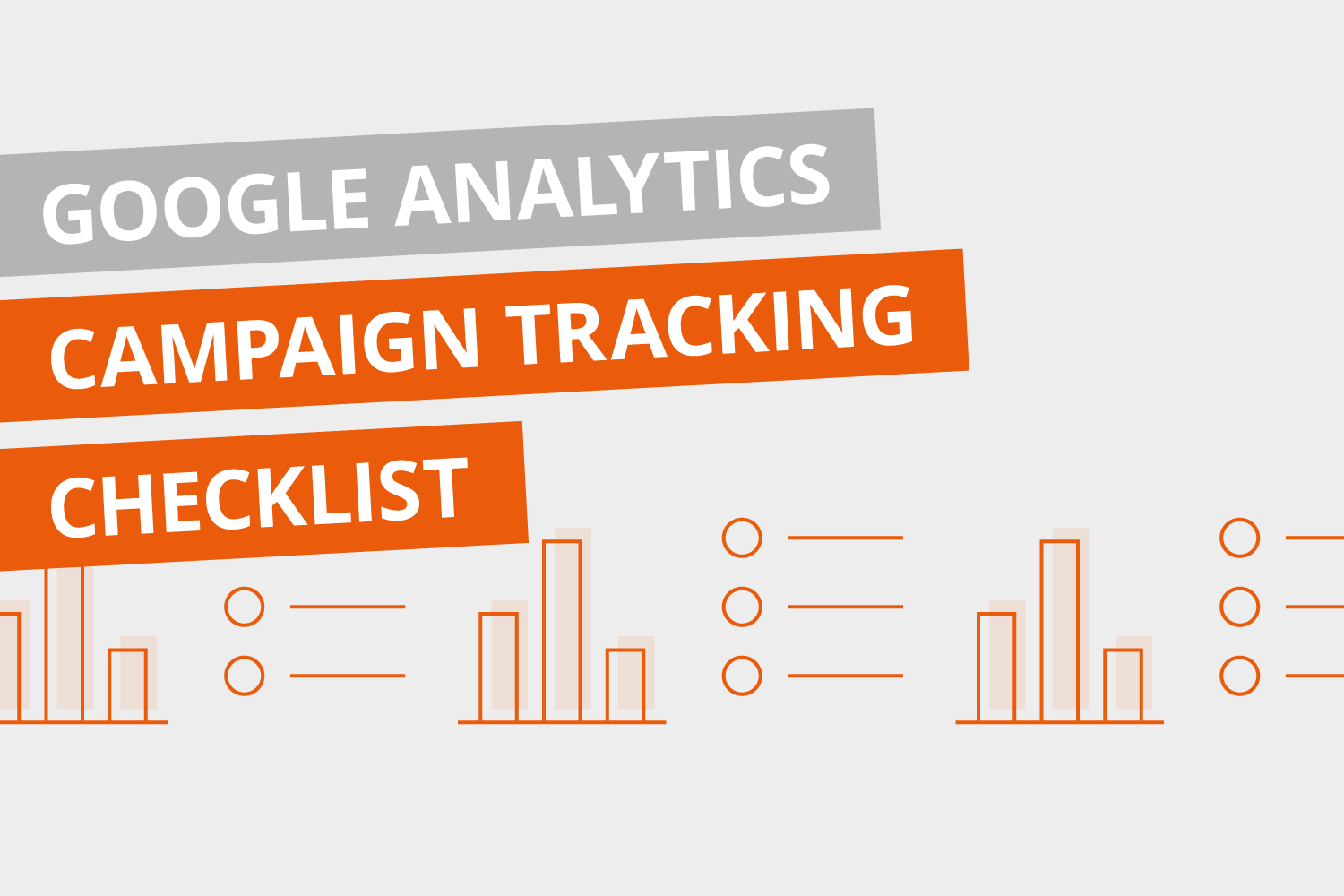
Campaign Tracking Checklist
Having accurate campaign data inside your Google Analytics reports is critical. It’s time to check that Google Ads and your other marketing campaigns are being tracked and reported correctly. Check that:
- Google Ads and Google Analytics are linked
- All Google Ads accounts are linked
- Campaign tags are being used for non-Google Ads inbound marketing
- Campaign tags use a consistent naming convention
- Campaign tags include the ‘Campaign ID’ parameter if third-party cost data is being uploaded to Google Analytics
- No campaign tags are used for internal links within the website
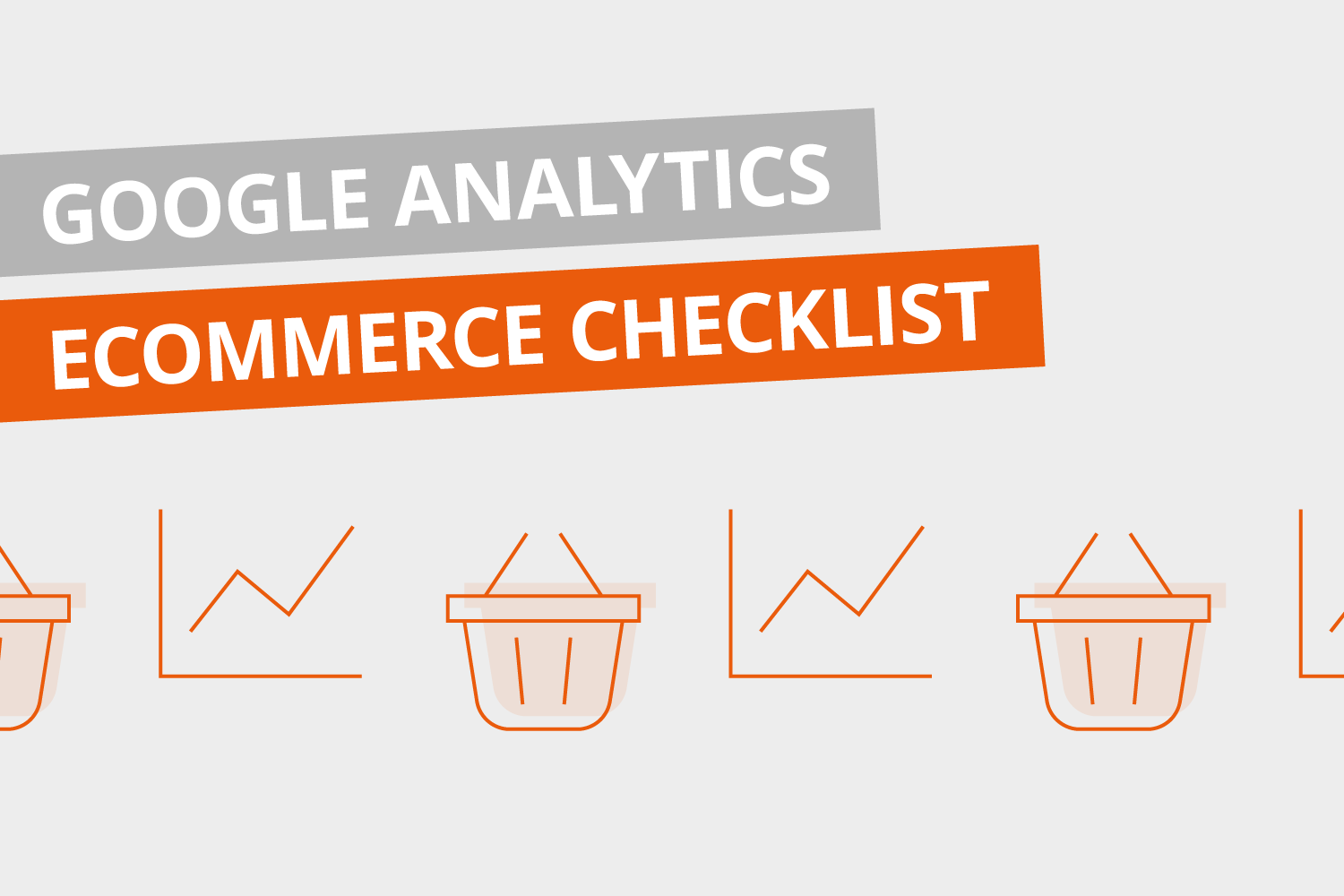
Ecommerce Checklist
If people can purchase on your website, then you’ll need to implement ecommerce tracking. Hosted platforms (like Shopify, Bigcommerce, and Squarespace) include integration with Google Analytics, so you should be able to get up and running quickly. Here’s what you should check:
- Ecommerce tracking has been implemented
- To use the pre-configured ‘User Purchase Journey’ report, all of the following ecommerce events are being collected: view_product, add_to_cart, begin_checkout, purchase
- Ecommerce data is accurate
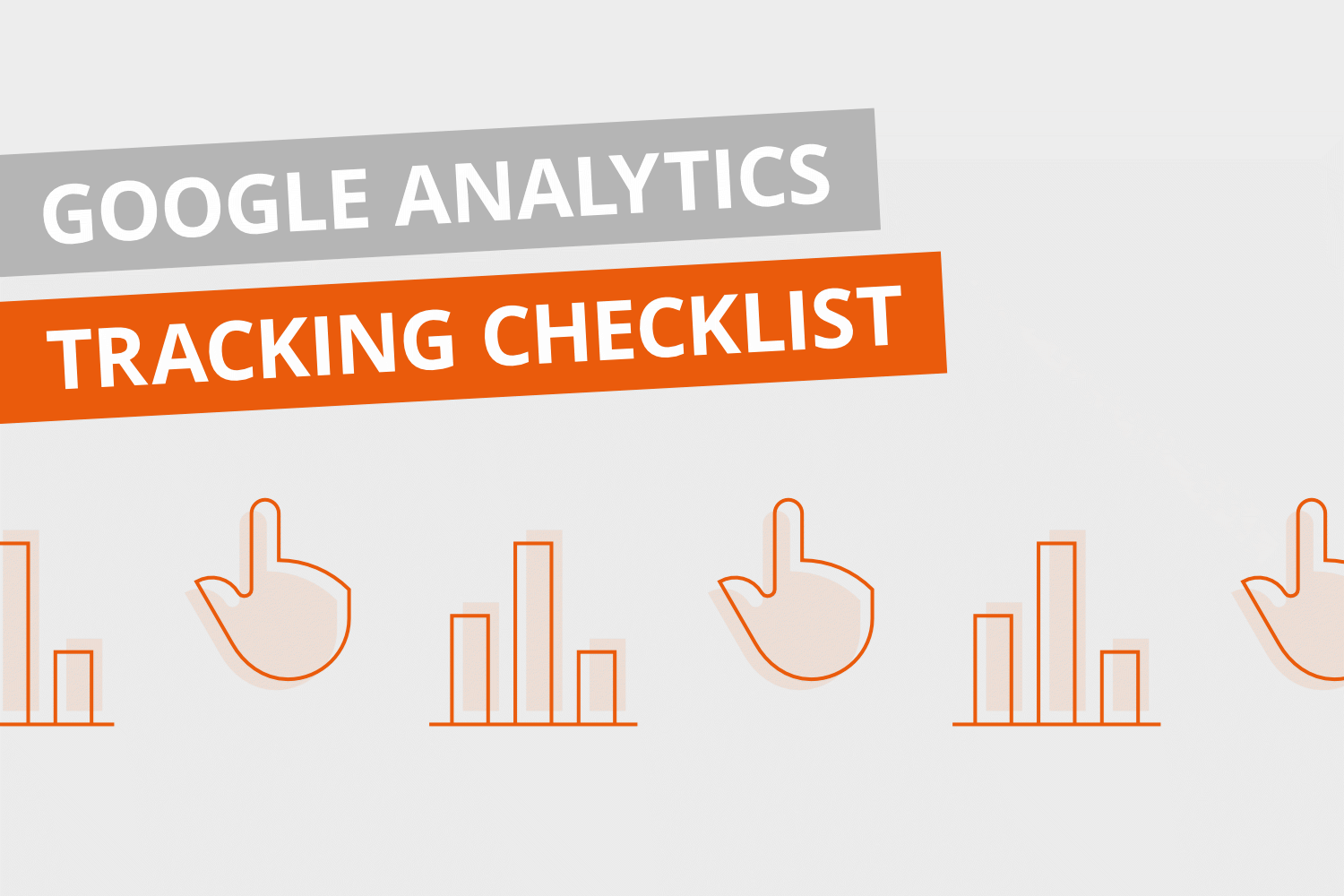
Tracking Checklist
You can track a range of actions automatically using GA4’s Enhanced Measurement feature. However, you can also send additional events to Google Analytics based on your reporting and analysis needs. In most cases, you will be able to use Google Tag Manager to implement additional tracking on your website. When you’re ready, here’s what you should check:
- If appropriate, recommended and custom events are being used to send additional data to Google Analytics
- If appropriate, parameters are being used to send additional information with events
- Parameters you would like to use in reports have been registered as custom dimensions or custom metrics
- A consistent naming convention is being used for events, parameters, and user properties
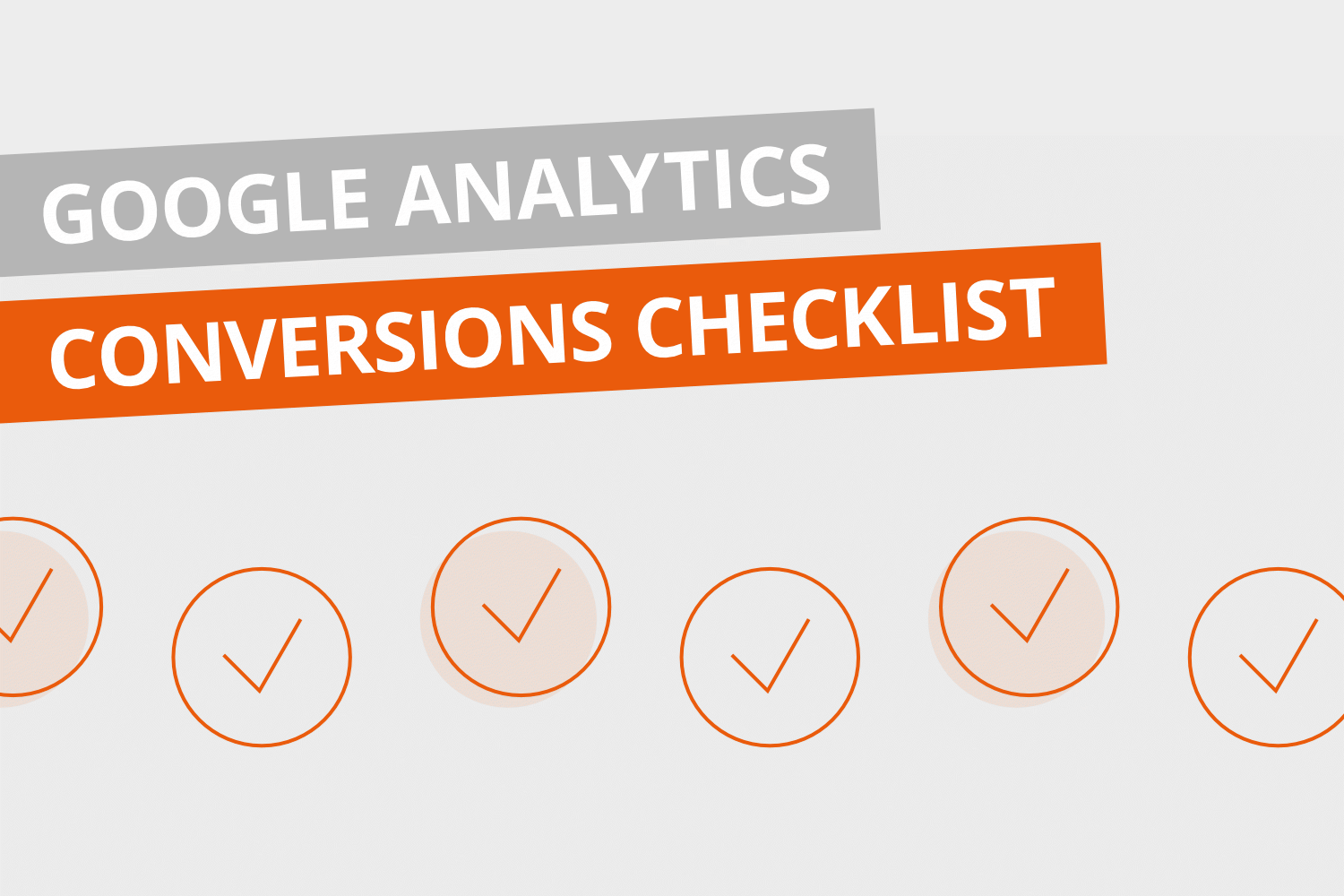
Conversions Checklist
Once you’ve setup conversions in Google Analytics, you’ll be able to see if people are completing important actions and driving value on your website. You will also be able to tie conversions to your different marketing channels, your content, and all of the other actions people are taking on your website. It’s time to check that:
- Conversions have been configured
- Conversions use the ‘Once Per Event’ counting method unless they need to reflect goals from Universal Analytics
- Values have been assigned to goals (for example, actual, calculated, or symbolic values)
- Macro and micro conversions are being tracked
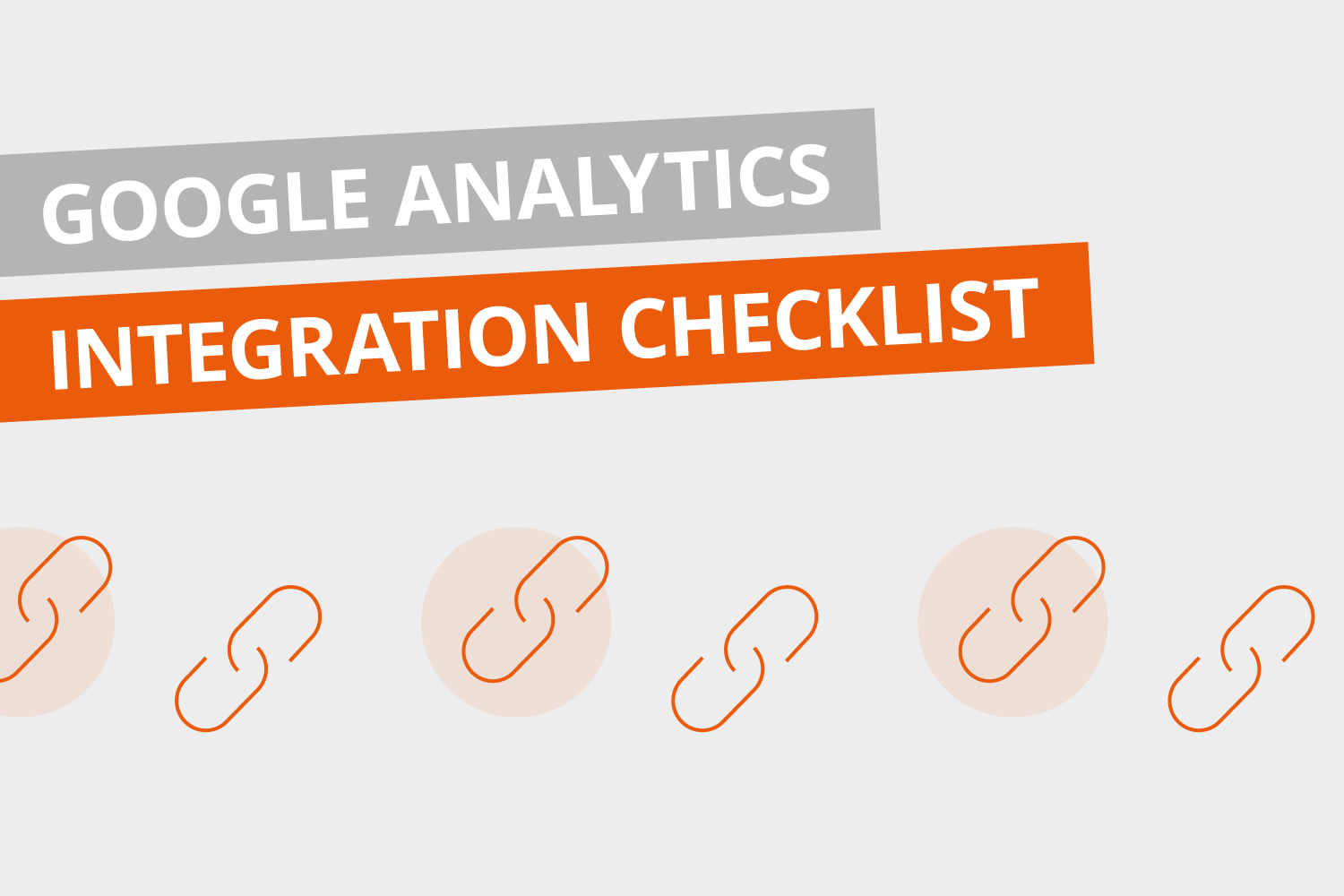
Integration Checklist
You can integrate Google Analytics with other Google products and even external platforms. Here’s what you should check:
- Google Search Console, Google Optimize, and any other Google platforms being used are linked
If Google Search Console has been linked, the standard reports have been customized using the ‘Library’ to include the ‘Queries’ and the ‘Google Organic Search Traffic’ reports
- Audience lists have been created (for reporting and remarketing campaigns)
- Appropriate data is being imported (for example, advertising cost data from third-party platforms, refund data, etc.)
- If appropriate, custom metrics and custom dimensions have been configured
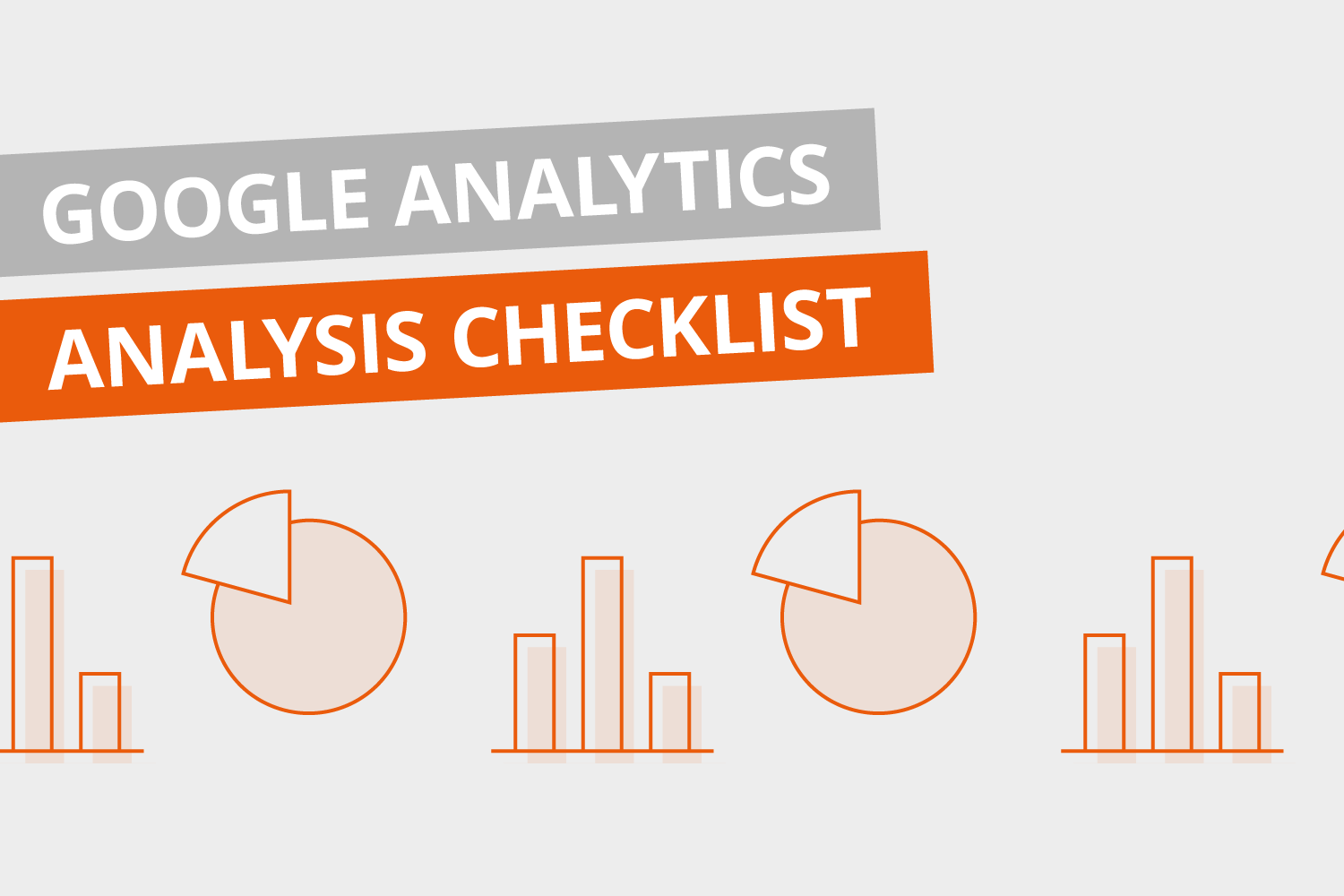
Analysis Checklist
Once you’ve checked your implementation and all of the configuration options it’s the perfect time to check that you’re using Google Analytics to improve your website and marketing campaigns. Start by checking that:
- Emphasis is placed on analysis and insights, not just reporting
- Reports that provide the most value to the business have been identified or created
- Repetitive reporting tasks have been automated
- Opportunities for improvement have been identified (for example, landing pages, website content, website navigation, marketing campaigns, etc.)
- Experiments are continually being created and run
Get the Google Analytics Checklist PDF
You can also download my Google Analytics 4 (GA4) Checklist to keep as a handy reference when checking your Google Analytics implementation.
Get the Google Analytics 4 (GA4) Checklist
Ready to Master Google Analytics?
Join my GA4 Complete Course and learn how to configure reports, interpret your data, improve your campaigns, and enhance your website with Google Analytics.




Comments